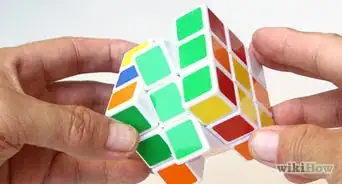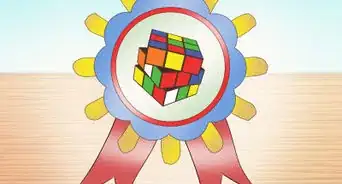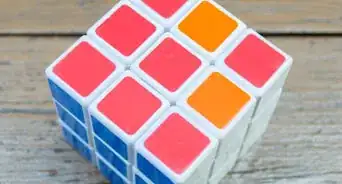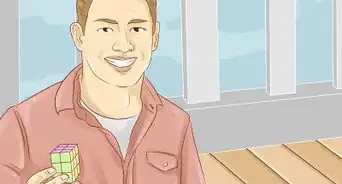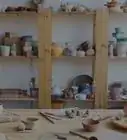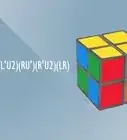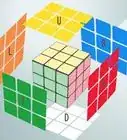This article was co-authored by wikiHow staff writer, Janice Tieperman. Janice is a professional and creative writer who has worked at wikiHow since 2019. With both a B.A. and M.A. in English from East Stroudsburg University, she has a passion for writing a wide variety of content for anyone and everyone. In her free time, you can find her working on a new crochet pattern, listening to true crime podcasts, or tackling a new creative writing project.
This article has been viewed 336,967 times.
Learn more...
The 98-piece, 5x5x5 Rubik’s cube (also known as the “Professor’s Cube”) is a great challenge if you’ve already solved the regular 3x3x3 cube or the 4x4x4 puzzle. While this puzzle is tricky, it can be solved as long as you carefully follow an algorithm known as the reduction method. First, focus on learning the Rubik’s cube shorthand, as this will make the algorithms much easier to understand and follow. Next, work on solving the 3x3 centers of each cube face, before trying to line up the edges. Once you’ve solved the bulk of the puzzle, take a moment to get rid of any parities, or wrongly colored cubes.
Steps
Decoding the Rubik’s Cube Shorthand
-
1Remember that U, D, L, R, F, and B create the 6 cube faces. Hold your Rubik’s cube in 1 hand, keeping the puzzle upright as you hold it. To have an easier time solving the puzzle, assign labels to all 6 faces. Label the top face as “Upper” (or “U”), the bottom face as “Down” (or “D”), the leftmost face as “Left” (or “L”), the rightmost face as “Right” (or “R”), the front face as “Front” (or “F”), and the back face as “Back” (or “B”).[1]
- Always keep the cube in the same position as you complete the puzzle, or else you won’t be able to solve it properly.
-
2Perform a ¼ clockwise turn when a single letter is shown. Grip the edges of a cube face and rotate it clockwise by 90 degrees. Use this small turn whenever the algorithm specifies a single letter. [2]
- Unless specified, always perform a ¼ turn in a clockwise direction.
- For example: Imagine that the upper face is completely green, while the front face is completely red. Grab the edge of the front face and rotate it 90 degrees clockwise to perform a ¼ turn. At this point, 1 row of the green squares will now be visible of the right face of the cube.
Advertisement -
3Use a ½ clockwise turn whenever you see the number 2. Keep an eye out for algorithm shorthand that includes both numbers and letters. If you see a “2” immediately after a letter, rotate 1 face of the cube by a full 180 degrees. Keep in mind that ½ turns are also clockwise, unless the algorithm specifies otherwise.[3]
- For instance: Pretend that the upper face of the cube is white, the right face is blue, the bottom/down face is orange, the left face is red, and the front face is green. If the algorithm says “F2,” grip the front face of the cube and rotate it 180 degrees. Once you finish turning the front face, the bottom row of the upper face will be orange.
-
4Do a counter-clockwise ¼ turn when you see an apostrophe ( ’ ). Keep an eye out for stray apostrophes, as they can make your puzzle-solving experience much more difficult. While most algorithm steps require you to turn the cube clockwise, this punctuation requires you to turn the cube in the opposite direction. Double check all algorithms before you rotate anything so your puzzle doesn’t get jumbled.[4]
- For example: Imagine again that upper face is green, while the front face is red. Turn the front face 90 degrees to the left whenever you see an apostrophe listed in the algorithm (e.g., U’, F’).
- More often than not, counter-clockwise movements are used for ¼ turns, but not ½ turns.
-
5Turn 2 columns at once when you see the letter “w.” Rotate 2 columns 90 degrees to the right whenever you see a lowercase “w” next to a cube face (e.g., Rw, Uw). Since the Professor cube is much larger than its 3x3x3 counterpart, you‘ll need to rotate the cube in larger amounts in order to solve the puzzle.[5]
- For instance, if a puzzle algorithm reads “Rw,” perform a ¼ turn using 2 layers of the right face.
- If you see an apostrophe after the “w,” be sure to turn the cube counter-clockwise.
-
6Spin 3 columns together whenever you see the number 3. Keep your eyes peeled for an additional number included in the puzzle algorithm. Whenever you see the number “3,” rotate 3 layers beneath the face specified in the algorithm.[6]
- Depending on the algorithms you reference, you might not run into any instructions telling you to rotate 3 layers of the cube at once.
-
7Rotate the whole cube when you see “x” or “y.” Solve complicated algorithms by physically rotating the cube in the middle of the puzzle. When you see the letter “x,” turn the cube clockwise on its invisible x-axis. If you see the letter “y,” rotate the cube clockwise on its invisible y-axis. If you notice an apostrophe next to the “x” or “y,” rotate the cube counter-clockwise instead.[7]
- Imagine that you have a Rubik's cube with a white upper face, a red front face, a yellow bottom/down face, an orange back face, a blue right face, and a green left face. If you see “x” listed in the algorithm, rotate the cube so that red becomes the upper face. If you see “y” in the algorithm, turn the cube so that white remains the upper face, but blue becomes the front face. If you see x’ or y’ in the algorithm, perform these actions in reverse.
Finding the Centers
-
1Form a small cross with the F R’ D’ R F2 algorithm. To make the puzzle-solving process less overwhelming, start solving the centers of the large Rubik’s cube. In this case, pretend that you’re tinkering with a generic, 3x3x3 cube instead of the more complex puzzle. To start, try using the F R’ D’ R F2 algorithm to get a cross on the upper layer of the cube.[8]
- This algorithm is most commonly used on 3x3x3 cubes. For more information on algorithms specific to 5x5x5 cubes, check out this resource: https://protofusion.org/idiots_guide_to_rubiks_cube/oldsite/5x5x5.html.
- Make sure that you have a center cross/plus sign in the middle of each cube face before continuing.
-
2Find the centers using U’ R’ U R’ U’ 2R U. Begin filling in a solid 3x3x3 center on each cube face by rotating the upper layer of the cube in a counter-clockwise ¼ turn. Next, turn the right face of the cube in a counter-clockwise ¼ turn.[9]
- Take the algorithm one step at a time. If you think you’ve made a mistake, try turning the cube in the opposite direction that you just rotated it in.
-
3Follow the U R’ U’ portion of the center algorithm. After completing the first 2 steps of the puzzle, continue by rotating the upper face of the cube in a clockwise ¼ turn. Next, turn the right face of the cube in a counter-clockwise ¼ turn. Finally, rotate the upper face again, but in a counter-clockwise ¼ turn.[10]
- Pay close attention to the apostrophes in any Rubik’s cube algorithm. The can be easy to miss!
-
4Finish finding the centers with 2R U. Proceed by rotating the right face of the cube in a clockwise ½ turn. Next, complete the algorithm by turning the upper face in a clockwise ¼ turn.[11]
- This is the only portion of the algorithm that involves a ½ turn.
Aligning the Edges of the Cube
-
1Use the R U’ R’ and F R’ F’ R algorithms first. Choose a method to begin adjusting the edges on your 5x5x5 Rubik’s cube. For the first algorithm, rotate the right face clockwise, the upper face counter-clockwise, and the right face counter-clockwise. To solve the second algorithm, turn the front face clockwise, the right face counter-clockwise, the front face counter-clockwise, and the right face clockwise.[12]
- Choose 1 or the other to start aligning the edges, as you don’t need to use both.
- Keep in mind that all of these rotations will be ¼ turns.
-
2Flip the edge with the R U R’ F R’ F’ R algorithm. Adjust the front-right edge by turning the right cube face clockwise, then rotating the upper face in a clockwise direction as well. Continue by turning the right face counter-clockwise, the front face clockwise, the right face counter-clockwise again, and the front face counter-clockwise. Finish by rotating the right face clockwise.[13]
- All of these cube rotations are still going to be ¼ turns.
-
3Solve the edges with Uw’ (R U R’ F R’ F’ R) Uw. Once you’ve assembled most of the edges together, use a “slice-flip-slice” technique to complete the last few edges without messing up the center colors. All of these rotations will be ¼ turns. First, rotate the top 2 layers of the cube in a counter-clockwise direction.[14]
- Next, “flip” the colors of the cube by rotating the right face clockwise, the upper clockwise, the right face counter-clockwise, the front face clockwise, the right face counter-clockwise, the front face counter-clockwise, and the right face clockwise.
- Finally, finish off the algorithm by rotating the top 2 layers of the cube clockwise.
-
4Use a special algorithm to get rid of the parities. Follow the Rw U2 x Rw U2 Rw U2 Rw’ U2 Lw U2 3Rw’ U2 Rw U2 Rw’ U2 Rw’ algorithm when you go to remove the parities, or mismatched cubes. First, rotate 2 of the rightmost layers in a clockwise ¼ turn, then turn the upper face in a clockwise ½ turn. Physically roll the entire cube backward before proceeding.[15]
- Next, turn 2 right layers clockwise in a ¼ turn, 1 upper layer clockwise in a ½ turn, 2 right layers clockwise in a ¼ turn again, and 1 upper layer clockwise in a ½ turn again.
- Continue following this algorithm until there are no more parities leftover on the cube.
- This algorithm repeats itself a lot, so do your best to keep track of how many steps you’ve completed.
-
5Solve the rest of the cube like it’s a 3x3x3 puzzle. Now that the bulk of the large cube is solved, pretend that you’re solving a simpler Rubik’s cube. Follow the basic principles of the layer by layer method to complete the Professor’s Cube.[16] To see a visual step-by-step guide to solve a 3x3x3 cube, look here: http://www.alchemistmatt.com/cube/rubikcenter.html.
- Don’t be discouraged if you can’t solve the puzzle correctly on your first try. The Professor’s Cube is extremely difficult to play with, and even more tricky to master.
- If you’re still stuck, use a 5x5x5 Rubik’s cube solver to get a customized tutorial on how to solve your exact puzzle. Use the digital coloring system to fill in each block with the precise colors that are on your cube! Check it out here: https://www.grubiks.com/solvers/professors-cube-5x5x5.
Community Q&A
-
QuestionWhy would anyone even do this?
 Community AnswerIt's a personal challenge like a crossword puzzle or a memory game.
Community AnswerIt's a personal challenge like a crossword puzzle or a memory game. -
QuestionHow do I verify the edges? All the edges on my cube are in the wrong position, and I don't know how to do it.
 BobsonJoeCommunity AnswerMake sure the cube is now composed of corners, 3x3 centers, and 1x3 blocks of the same color (the edges).
BobsonJoeCommunity AnswerMake sure the cube is now composed of corners, 3x3 centers, and 1x3 blocks of the same color (the edges). -
QuestionShould I solve one layer at a time on a Rubik's Cube?
 Community AnswerIf you're talking about the 3x3x3 cube, then that is a great way to get started. Don't try to solve a cube bigger than that by using the layer by layer method, as it is very time consuming, complicated, and will not work.
Community AnswerIf you're talking about the 3x3x3 cube, then that is a great way to get started. Don't try to solve a cube bigger than that by using the layer by layer method, as it is very time consuming, complicated, and will not work.
References
- ↑ https://rubiks-cube-solver.com/how-to-solve/
- ↑ https://rubiks-cube-solver.com/how-to-solve/
- ↑ https://rubiks-cube-solver.com/how-to-solve/
- ↑ https://rubiks-cube-solver.com/how-to-solve/
- ↑ https://www.cubeskills.com/uploads/pdf/tutorials/beginners-method-for-solving-the-5x5-cube.pdf
- ↑ https://www.cubeskills.com/uploads/pdf/tutorials/beginners-method-for-solving-the-5x5-cube.pdf
- ↑ https://solvethecube.com/notation
- ↑ https://rubiks-cube-solver.com/how-to-solve/
- ↑ https://protofusion.org/idiots_guide_to_rubiks_cube/oldsite/5x5x5.html
- ↑ https://protofusion.org/idiots_guide_to_rubiks_cube/oldsite/5x5x5.html
- ↑ https://protofusion.org/idiots_guide_to_rubiks_cube/oldsite/5x5x5.html
- ↑ https://www.cubeskills.com/uploads/pdf/tutorials/beginners-method-for-solving-the-5x5-cube.pdf
- ↑ https://www.cubeskills.com/uploads/pdf/tutorials/beginners-method-for-solving-the-5x5-cube.pdf
- ↑ https://www.cubeskills.com/uploads/pdf/tutorials/beginners-method-for-solving-the-5x5-cube.pdf
- ↑ https://www.cubeskills.com/uploads/pdf/tutorials/beginners-method-for-solving-the-5x5-cube.pdf
- ↑ http://www.alchemistmatt.com/cube/5by5cube.html
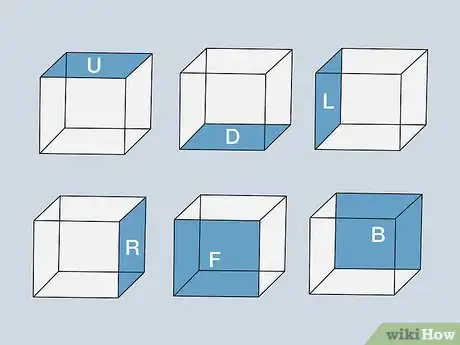
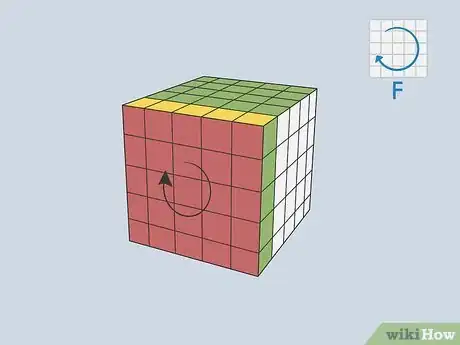
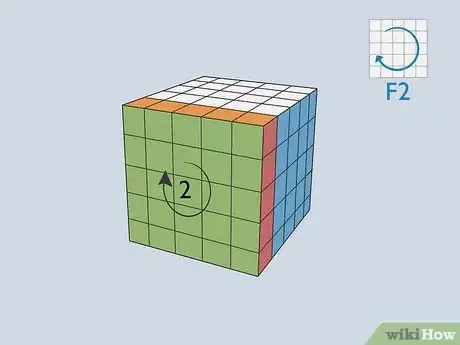
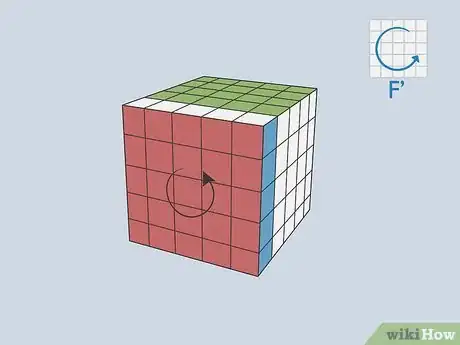
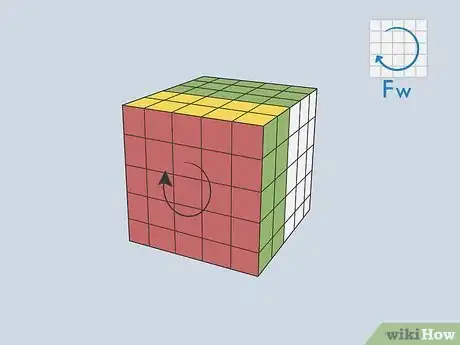
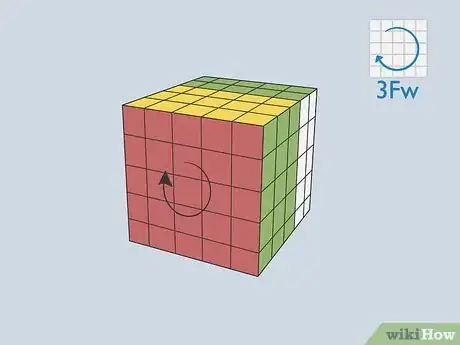
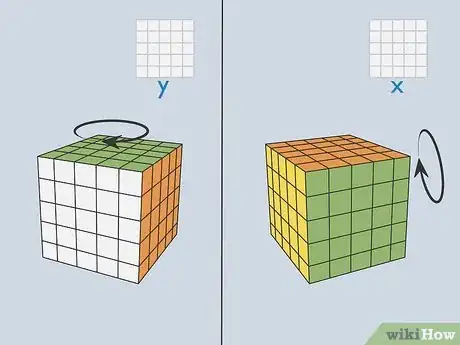
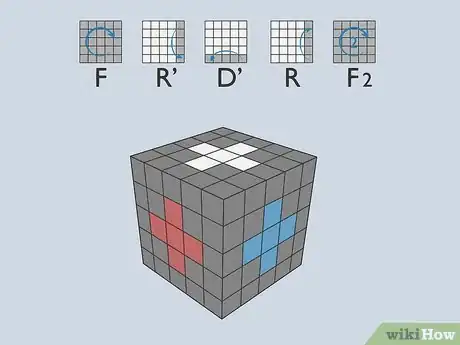

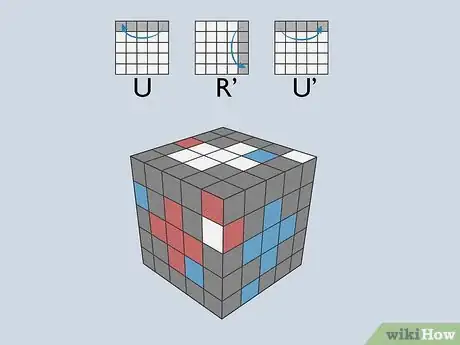
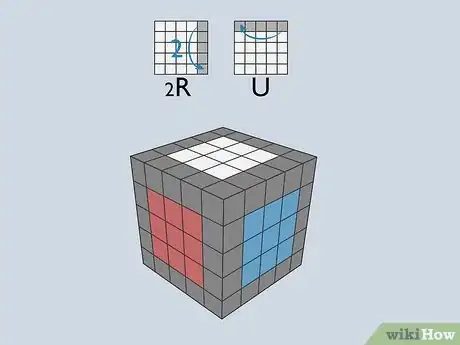
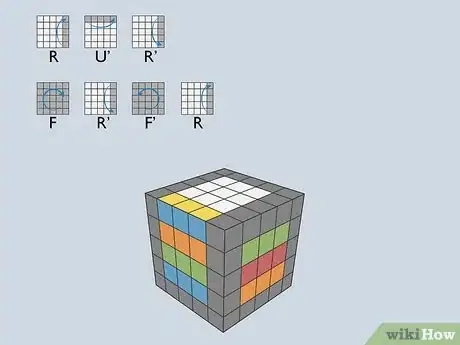
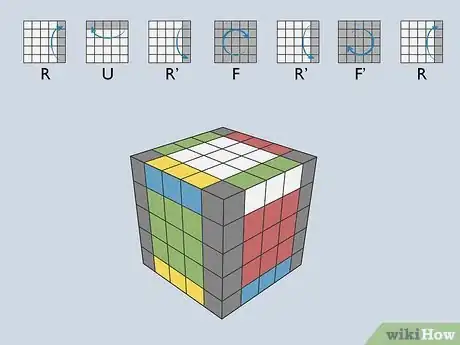
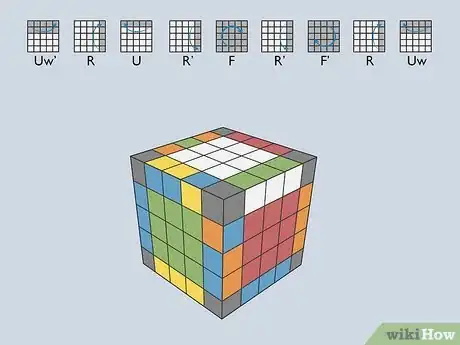
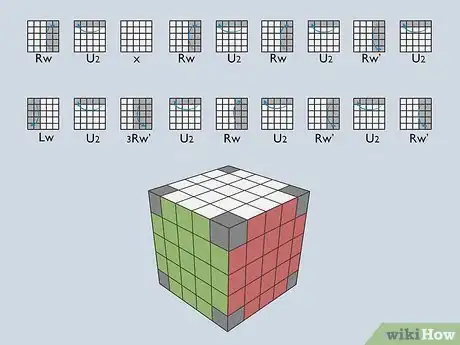
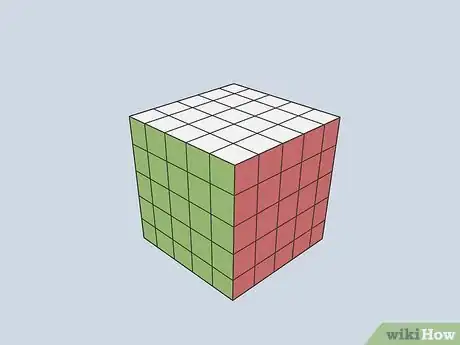


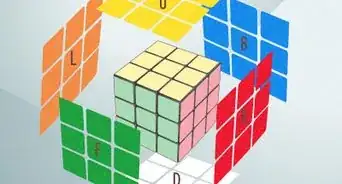
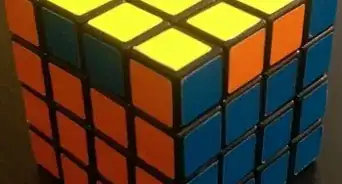
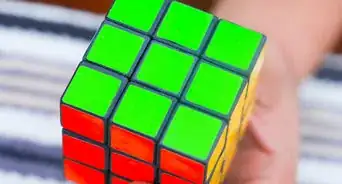
-Step-9.webp)
